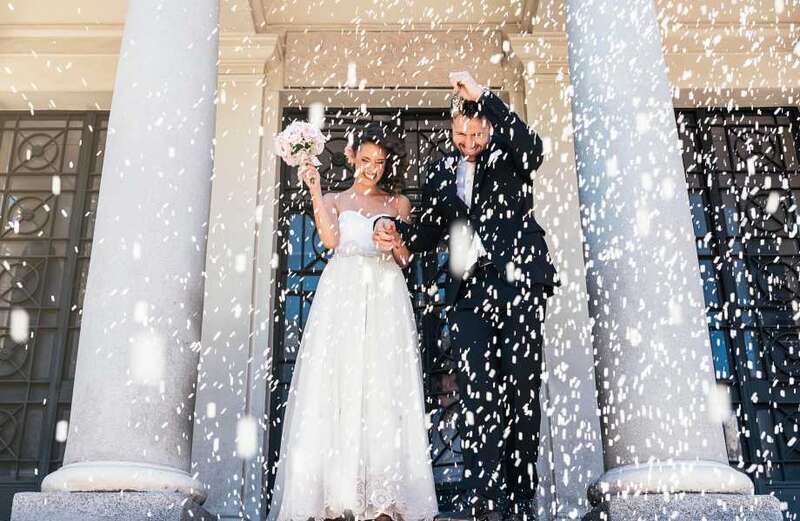THOUSANDS of couples could be in line for tax relief worth up to £252 a year.
The boost comes via the marriage allowance which lets you share your income tax burden with a partner.

But there are specific rules which apply and not everyone can claim the allowance.
Here's everything you need to know.
What is the marriage tax allowance?
Marriage allowance lets married couples or those in a civil partnership share their personal tax allowances.
 Are there illegal baby names? Surprising monikers that are BANNED in other countries, from Sarah to Thomas
Are there illegal baby names? Surprising monikers that are BANNED in other countries, from Sarah to Thomas
The current personal allowance is £12,570, meaning you can earn this amount a year and not pay any income tax.
You can transfer 10% of your personal allowance, reducing the tax your partner pays by up to £252 a year.
You can also backdate a claim by up to four years, so could get a maximum of £1,256 back, although not all the qualifying years offer the same amount.
Are me and my partner eligible?
One of you needs to be earning little enough to not be paying a personal allowance, while the other has to be on the "basic rate" of income tax.
The basic rate applies to anyone earning £12,571 to £50,270 a year and is worth 20%.
Both people in the couple have to have been born on or after April 6, 1935, as well.
Plus, you must be married or in a civil partnership.
As an example, if your income is £11,500 your personal allowance is £12,570 so you don't pay any tax.
If your partner's income is £20,000 they pay tax on £7,430 which is £20,000 minus the personal allowance.
But you could transfer your personal allowance to your partner meaning they would only pay tax on £6,170 and you would effectively be earning £12,760 and have to pay income tax on £190.
 All about Rachel Nickell who was murdered in front of her son Alex Hanscombe
All about Rachel Nickell who was murdered in front of her son Alex Hanscombe
It means as a couple you would pay less combined income tax and would save £214 overall.
It comes after HMRC revealed that March is the most popular month for marriage allowance applications, with nearly 70,000 applying in the month last year.
How can I apply?
The lower fee payer or non-taxpayer has to apply.
The easiest way is to fill out a form on the Government's website.
You’ll need both your National Insurance numbers and a form of ID for the non-taxpayer.
Alternatively, you can apply through self-assessment or by writing to HMRC.
The requirements you must meet include being a married couple or civil partnership - and being born on or after April 6, 1935.
Whichever way you do apply, any backdated money owed to you will be calculated automatically and sent to you as a cheque.
If you need any assistance applying, you can call the HMRC helpline on 03000 200 3300.
The relief for the current financial year (2023/24) is £252 while it's the same for 2022/23 and 2021/22.
For 2020/21 and 2019/20 the maximum backdated amount you can get is £250.
We pay for your stories! Do you have a story for The Sun Online Money team? Email us at Sun Money's Facebook group for the latest bargains and money-saving advice.


































